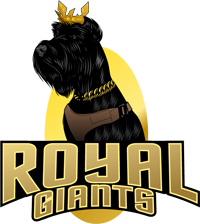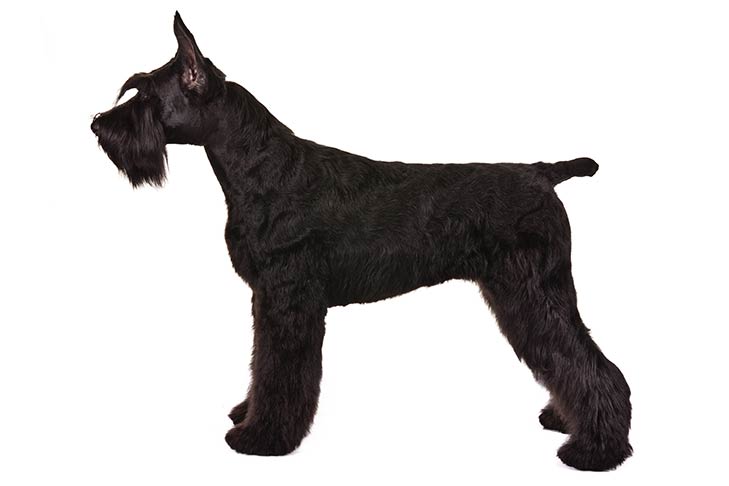There is a confusion between a show dog and a personal protection dog since the two terms are almost used interchangeably. If you plan to get either a show or a protection dog, You should consider the difference between the two according to your own needs because either dog has different characteristics. Additionally, there are also factors that will affect your decision in owning a show dog and owning a personal protection dog. Read on and find out which dog is better for you.
Activity and energy level
A dog trained to be a show dog needs to be very active and has the ability to work on fields for long periods of time, hence show dogs with high activity levels have the energy to thrive in certain conditions such as hunting, racing, tracking, herding as well as in search and rescue missions. These engaging activities can give them proper outlets for an intense drive, otherwise, they tend to become destructive and difficult to live with if without the proper amount of activity.
On the other hand, personal protective dogs don’t have the same intense physical activity as with a show dog. They have a laid back, calm and easy behavior, and prefer to hang out all the time. Personal protective dogs need to conserve their energy and will stay alert in situations that need it most.
Drive
The two most important drives if the dog is being trained either a show or a protection dog is prey and defense.
For show dogs, it is necessary that they should have a high level of prey drive necessary for the dog to chase, catch, bite, fight, and kill. For personal protection dogs, high levels of prey drive are not needed and these dogs are usually on a leash, at home protecting the family or property. Protection dogs, unlike show dogs, should have a high level of defense drive that initiates a different set of instincts: to watch, listen, stay alert, mindful of surroundings, familiarize faces and paths, and ability to observe odd situations.
Threshold
This is related to the ability of the dog to handle stress, adversity, and tolerance to pain. Both show and protection dogs benefit from strong thresholds and this is an essential quality that they must have. They usually inherit some of their thresholds and can be adjusted through training.
Training
We all know that training a dog basically means teaching a dog how to sit, stay, or come in command. What we don’t know is it also involves testing and conditioning a dog. Training, testing, and preparing are required for both show dog and personal protection dogs so that the owners and their pets will have a form of communication. Dogs can be trained at 8 weeks of age and if properly conditioned, and the dogs are matured enough to handle different scenarios, introducing pressure and real-life protection situations can be started.
Should you choose a show dog or a personal protection dog?
In choosing the right dog for you, seeking a piece of advice from a professional trainer, a K-9 handler, a top-level competitor or even from a kennel club is highly recommended because these people have experiences and expertise in handling and working with different dogs so they can help you in making a decision in finding a dog based on your needs. You can also do research and have all the information you need before making a choice.
Source: mndogtraining.com, pinnacleprotectiondogs.com, germanshepherds.com


Recent Comments